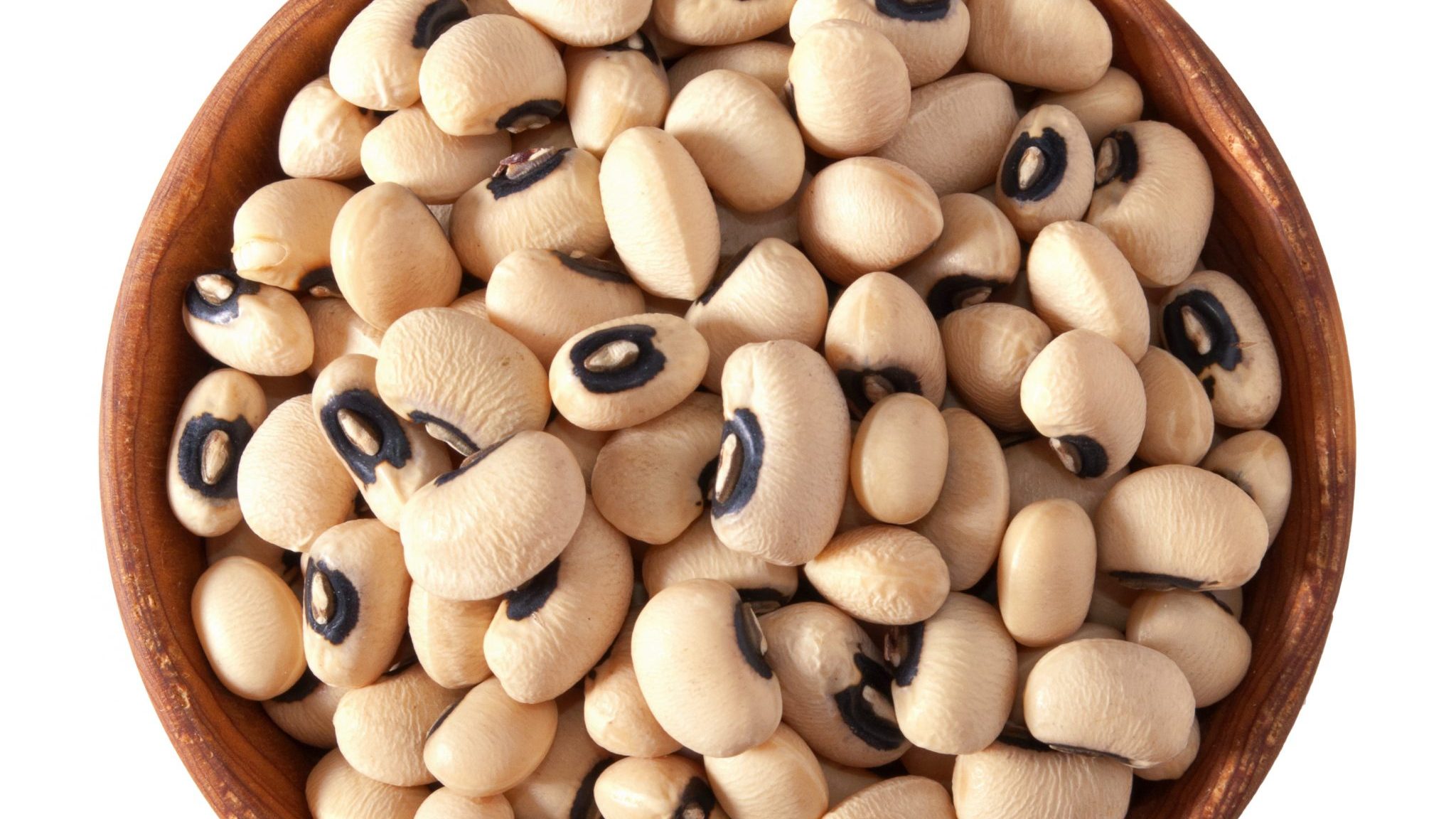Food Safety

*This recipe is an excerpt from Fresh from the Farm Alabama Recipes, FCS-2112.
We hope you enjoy Fresh Black-eyed Peas and Other Southern Peas and Best Vinaigrette for Pea Salad!
This recipe and more from farmers around the state are also available in Extension publication FCS-2112, Fresh from the Farm Alabama Recipes, a great place to find new ways to use an abundance of fresh produce. The most important thing to remember when trying these recipes, which are farmer favorites, is to buy fresh and buy local! Support our farmers and support our communities.
Fresh Black-eyed Peas and Other Southern Peas
Susan Horn, Mockingbird Farm, Perry County
“Fresh peas don’t need to cook nearly as long as dried peas and beans. They taste so good that they don’t need a lot of seasoning. If you’ve only eaten dried black-eyes, I would argue that you haven’t really eaten black-eyed peas. Here’s how to buy, prepare, cook, and serve fresh peas—some of the South’s most versatile, traditional staple foods.
“At the farmer’s market, look for fresh peas in the hull if you want to shell them yourself (they’re easiest to shell if you wait a couple of days after they are picked). You want them to look fresh and tender, not dried out, blemished, or moldy. If you want to save time and can spend a little more, you can buy fresh peas already shelled (some farmers offer them). Again, you want peas that look fresh and tender, not dry, wrinkly, or starting to spoil.
“Once you’re home with the shelled peas, put them in a large bowl of cold tap water and sort through, picking out any with worm holes, blemishes, or strange color. (Put these culls in the compost bin or feed them to the birds.) Rinse, sort, and drain once or twice until the water is clear and free of debris. Either cook right away, or put in the fridge and cook as soon as possible or the peas might start sprouting.”
Preparation
Put your peas in a saucepan and cover with water; add a few pieces of smoked sausage. For a meatless version, season with a couple of peeled cloves of garlic, some sea salt, and a bay leaf. Bring to boil and simmer 5 to 10 minutes. Cover, turn off heat, and allow to sit. Reheat when ready to serve. Note: for safety, if peas will sit for more than 1 hour between cooking and serving, make sure you turn on low heat to keep the temperature above 140° F.
A simpler, one-dish approach is to drain and rinse the peas in a colander (you could save the pot
liquor for cornbread). While the peas drain, chop up some herbs and veggies you like—celery, onions, cucumbers, bell pepper, parsley, basil, tomatoes— and set aside. Add just enough of these to season the peas, or chop up enough veggies to double or triple the volume of peas—whatever you like and whatever is on hand. Put the drained peas in a generously sized shallow bowl (like a pasta bowl) and toss lightly with just enough olive oil and apple cider vinegar to coat. Salt and pepper to taste. Add chopped raw veggies and toss lightly again. Serve chilled or at room temperature for a light summer meal or side dish. Keeps 2 to 3 days in fridge. For a longer-keeping dish, store the salad without dressing, and toss each serving with the oil, vinegar, salt, and pepper right before you eat it.
Best Vinaigrette for Pea Salad
This is dressing is made in the bowl with the salad, just before serving, so it’s always fresh.
- Olive oil
- Apple cider vinegar or lemon juice
- Nutritional yeast (available at health food stores)
- Salt and pepper
- Garlic, optional
Preparation
If desired, rub the salad bowl with a mashed clove of garlic. Place salad ingredients in bowl. Drizzle with a small amount of olive oil and toss lightly* to coat (better to start with too little and add more if needed after first toss). Sprinkle with a small amount of lemon juice or vinegar—the same amount of olive oil or less—and toss lightly. Sprinkle a little nutritional yeast—a teaspoon to a tablespoon for starters until you get a feel for how much you like. Add salt and fresh black pepper to taste. Toss lightly one last time, and serve. Once you’ve done this a few times, you’ll develop a sense of how much of each ingredient to use depending on your tastes and the size of the salad.
*Very important! Toss lightly. If you stir or beat a salad—or even toss it too vigorously—you can ruin the texture and flavor.

Kristin Woods, Regional Extension Agent, Food Safety, Preparation, and Preservation
Reviewed July 2022, Fresh Black Eyed Peas & Vinaigrette for Pea Salad, FCS-2153

